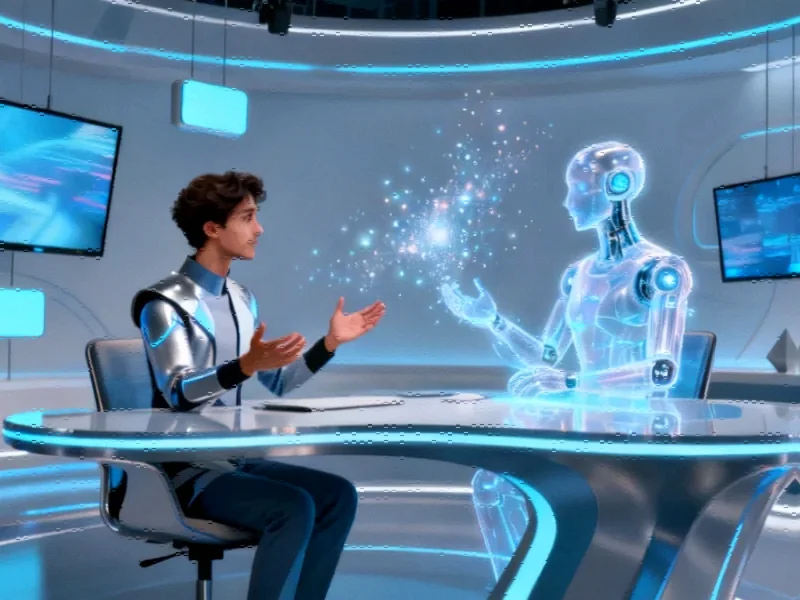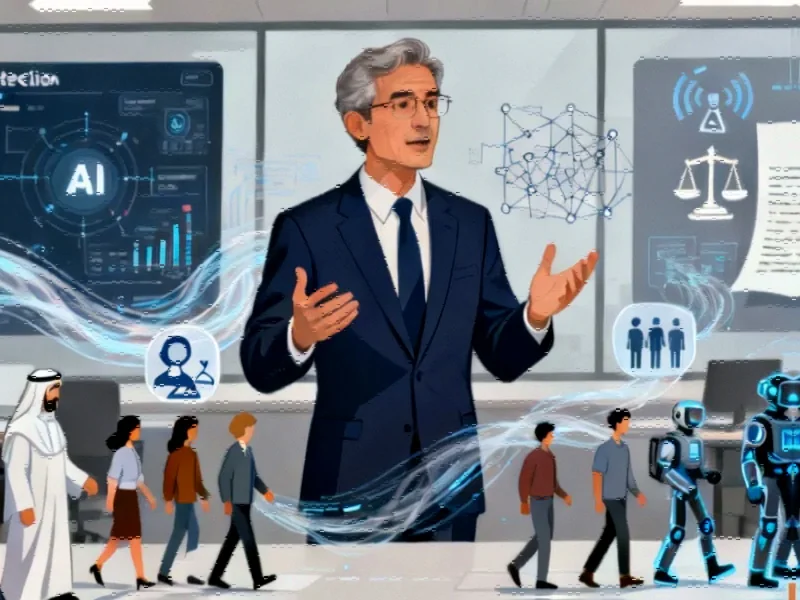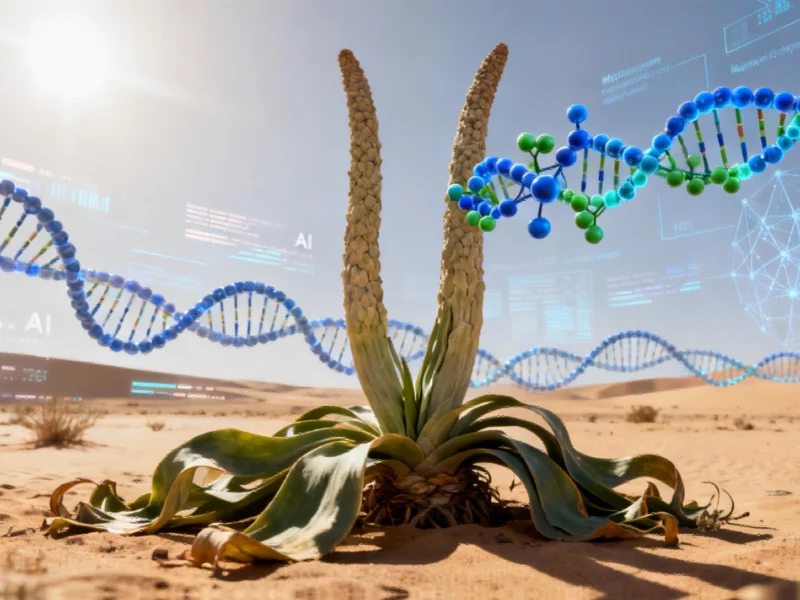Kojima’s Vision: AI as Creative Partner, Not Just Tool
Legendary game designer Hideo Kojima has revealed his forward-thinking approach to artificial intelligence in game development, positioning AI not as a replacement for human creativity but as a collaborative partner that can help creators maintain their competitive edge. During a recent visit to Kojima Productions captured by Wired Japan, the Metal Gear and Death Stranding creator articulated a philosophy that could reshape how the gaming industry approaches technological integration.
“I think of AI as more of a friend,” Kojima explained, distinguishing his perspective from those who view AI primarily as an idea generator. “Since I’ve been in the digital industry, I would lead the creative part and use AI to boost efficiency. I would like AI to handle the tedious tasks. That would lower cost and cut down on time. It’s more like co-creating with AI instead of just using it.”
The Pragmatic Approach to AI Integration
Kojima’s stance represents a pragmatic middle ground in the often-polarized debate about AI in creative industries. Rather than adopting an ideological position for or against the technology, he focuses on practical applications that address real challenges facing game development. The rising costs and extended timelines of modern game production have become significant industry concerns, with some major projects requiring hundreds of millions of dollars and development cycles spanning five to seven years.
This approach aligns with broader industry developments where companies are seeking balanced technological solutions. Kojima’s method suggests that thoughtful AI implementation could help mitigate these financial and temporal pressures without necessarily displacing human talent. His vision emphasizes augmentation rather than replacement, potentially creating new roles while streamlining existing processes.
Technical Implementation and Workflow Enhancement
Kojima’s concept of AI collaboration extends beyond simple automation. He envisions a partnership where human creativity directs the process while AI handles labor-intensive aspects that traditionally consume significant resources. This could include procedural content generation, asset optimization, bug testing, or localization – all areas where AI has demonstrated promising capabilities.
The efficiency gains from such collaboration could be substantial, particularly when considering how recent technology is transforming computational infrastructure. By delegating repetitive tasks to AI systems, development teams could focus more intensely on narrative design, character development, and innovative gameplay mechanics – the elements that typically define Kojima’s distinctive creative signature.
Broader Industry Context and Strategic Positioning
Kojima’s perspective arrives at a crucial moment for the gaming industry, where companies are grappling with how to leverage AI responsibly. His stance contrasts with both uncritical adoption and outright rejection of the technology, instead proposing a measured integration that preserves human creative leadership while harnessing AI’s practical benefits.
This balanced approach reflects wider related innovations across technology sectors, where the focus is shifting toward human-AI collaboration models. Kojima’s track record of technological innovation lends credibility to his vision – from his pioneering work in cinematic gaming with the Metal Gear series to his recent exploration of augmented reality through a partnership with Niantic Spatial for a Death Stranding-inspired AR experience.
Current Projects and Future Directions
Kojima Productions continues to push boundaries across multiple fronts. Following the June launch of Death Stranding 2: On the Beach for PlayStation 5, the studio’s current focus includes OD, a horror game in development for Xbox Game Studios, and Physint, an action espionage title being developed with PlayStation Studios. The studio is also expanding the Death Stranding universe through both live-action and animated film adaptations.
This diverse portfolio demonstrates how Kojima’s collaborative AI philosophy might be implemented across different genres and platforms. Each project presents unique challenges where AI partnership could enhance different aspects of development, from horror atmosphere generation to espionage gameplay systems. The approach also aligns with evolving market trends toward more efficient content creation pipelines.
Strategic Implications for the Gaming Industry
Kojima’s vision offers a potential roadmap for an industry at a technological crossroads. By framing AI as a collaborative partner rather than merely a tool or threat, he provides a nuanced framework that could influence how other studios approach integration. This perspective acknowledges AI’s transformative potential while maintaining the primacy of human creativity and direction.
The efficiency gains Kojima describes could have significant implications for industry developments in production economics and resource allocation. If implemented effectively, this model could enable more ambitious creative projects while containing costs – a balance that has proven increasingly difficult to achieve in AAA game development.
The Future of Human-AI Creative Partnerships
Kojima’s concept of “creating together with AI” suggests a future where the most successful creators will be those who master the art of human-AI collaboration. This doesn’t mean simply using AI tools, but developing workflows and creative processes that leverage the respective strengths of human and artificial intelligence.
As related innovations in computing hardware continue to advance, the practical implementation of Kojima’s vision becomes increasingly feasible. The gaming industry’s evolution toward this collaborative model could establish patterns that influence other creative fields, from film production to architectural design.
For those interested in exploring Kojima’s perspective in greater depth, this comprehensive analysis provides additional context and technical details about his approach to AI integration in game development.
Kojima’s track record of anticipating and shaping industry trends suggests his AI collaboration philosophy deserves serious consideration. As development costs continue to rise and production timelines extend, his pragmatic approach of human-led creativity augmented by AI efficiency might indeed represent how visionary creators stay “one step ahead” in an increasingly competitive and technologically complex landscape.
This article aggregates information from publicly available sources. All trademarks and copyrights belong to their respective owners.
Note: Featured image is for illustrative purposes only and does not represent any specific product, service, or entity mentioned in this article.



